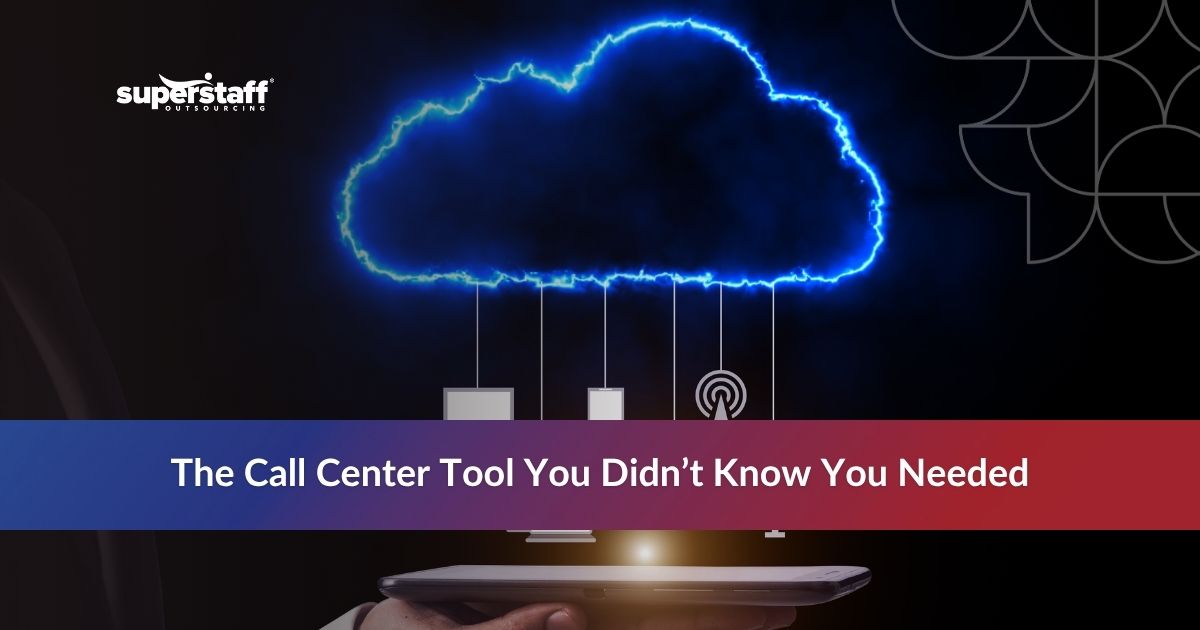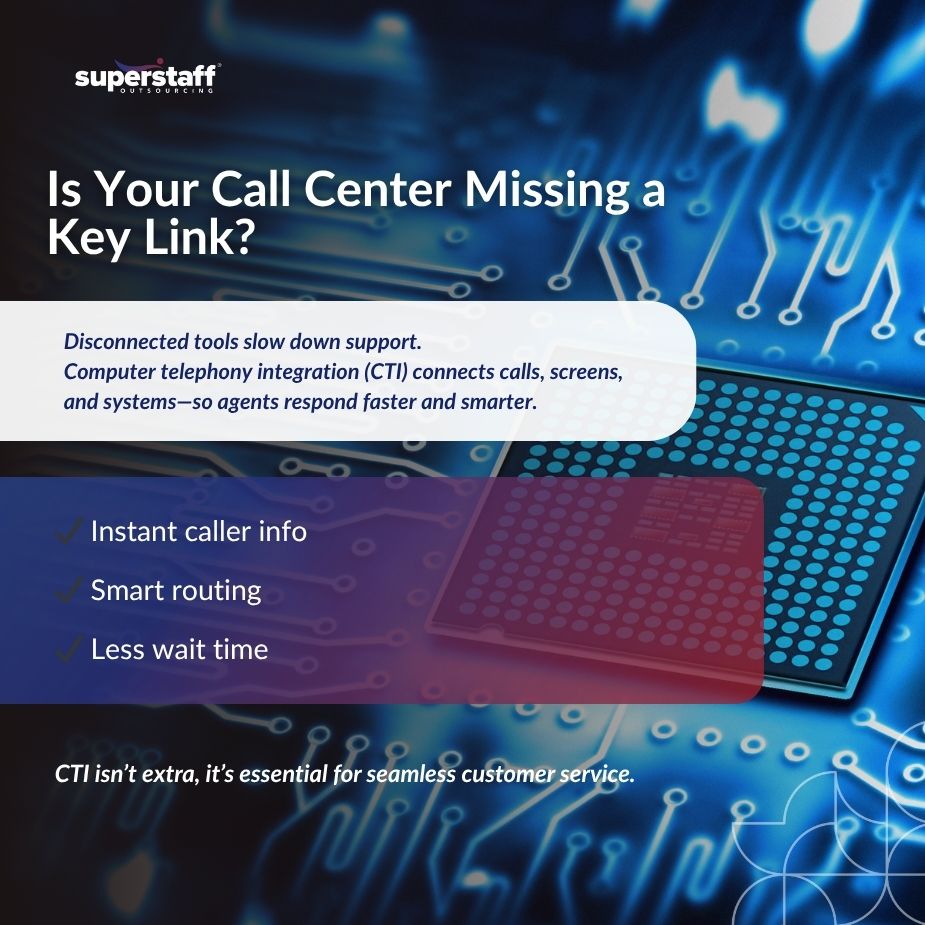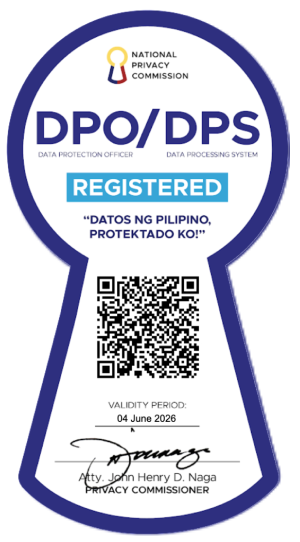
Phone calls are still one of the most common ways people reach out for help. Whether they’re calling a bank, a telecom provider, or an e-commerce brand, customers want quick answers and clear communication. But when agents have to switch between screens, ask for repeat information, or manually log every detail, it slows everything down.
This is where computer telephony integration comes in. It connects phone systems with computers, CRMs, and ticketing tools, so agents can access caller information and handle requests without delay. It helps companies keep up with support demands while giving customers a smoother experience.
Businesses looking to improve service speed, accuracy, and consistency are starting to view computer telephony integration as an essential part of their support strategy.

What Is Computer Telephony Integration?
Computer telephony integration (CTI) is the technology that connects phone systems with other digital tools used by customer service teams. When a customer calls, CTI automatically pulls up their records and displays them on the agent’s screen. This process is often called a “screen pop.”
CTI can be cloud-based or integrated into on-premise systems. It works with CRM software, help desk platforms, and other tools companies use to manage customer interactions.
Key CTI features include:
- Screen pops that show caller info in real time
- Click-to-call functionality for outbound teams
- Call routing based on customer history or issue type
- Auto-logging of call activity
- Voicemail-to-ticket conversion
These features help support teams respond faster, reduce manual work, and provide more personalized service.
Why Computer Telephony Integration Matters
Many support teams rely on multiple systems to manage calls, tickets, and customer records. Without a connection between them, the service slows down, and errors increase. Computer telephony integration solves this problem by linking all tools in one place.
1. Fewer Systems to Switch Between
Agents don’t have to copy and paste or manually search for caller data.
2. Faster Response Times
CTI shortens the time it takes to verify identity, find past records, and log activity.
3. Better Personalization
Customer details appear instantly, so agents can greet callers by name and quickly see past interactions.
4. Smarter Routing
Calls are directed to the right agent or department based on the customer’s profile or issue.
This is why CTI for call centers is becoming a standard part of support operations.
Benefits of Computer Telephony Integration in Customer Service
Adding computer telephony integration to a contact center setup offers several direct benefits that impact both customer experience and internal efficiency.
- Improved Call Handling – Agents manage more calls without rushing or skipping steps.
- Shorter Wait Times – CTI helps with faster verification and resolution.
- Consistent Service Across Channels – When integrated with CRMs, CTI supports smooth service whether the customer calls, emails, or chats.
- Reduced Manual Tasks – Call activity is logged automatically, which frees agents to focus on solving problems.
- Stronger Metrics and Tracking – Call data becomes part of service reports, helping managers spot issues or bottlenecks.
Companies that use computer telephony integration often report better service outcomes and lower agent stress levels. This is a clear example of how CTI improves customer service efficiency.
Signs You Need Computer Telephony Integration
If your team is facing support challenges, it might be time to consider computer telephony integration. Here are a few signs that your setup could benefit from CTI:
- Long customer wait times or call queues
- Agents asking repeat questions or lacking context
- Manual note-taking or slow ticket creation
- Lack of visibility into call activity or resolution times
- Difficulty measuring agent performance
These are common pain points that CTI can fix by syncing data and streamlining workflows.
How to Get Started With CTI
Switching to a CTI-supported workflow doesn’t need to be complicated. A step-by-step approach ensures a smooth rollout without service disruptions.
1. Review Your Current Setup
Take inventory of your phone systems, CRM platforms, and help desk tools. List all systems that would need to be integrated.
2. Choose the Right CTI Software
Look for CTI platforms that support the tools your team already uses. Compatibility is key to a fast, efficient setup.
3. Train Your Team
Agents and managers should learn how to use CTI features. Focus on screen pops, call notes, routing, and auto-logging.
4. Start With Core Features
Begin with essential functions like caller ID, screen pops, and ticket creation. Add advanced features like routing rules over time.
5. Track Performance and Adjust
Monitor average handling times, resolution rates, and feedback. Use this data to optimize your CTI setup further.
Getting started with CTI for call centers can lead to noticeable improvements in just a few weeks.
What to Look for in a CTI Solution
Not all CTI tools offer the same features. When comparing providers, it helps to look for options that match your team size, tech stack, and service goals.
Look for a CTI provider that offers:
- Easy integration with your current phone and CRM systems
- Custom call routing and workflow automation
- Real-time analytics and call logs
- Strong data protection and security compliance
- Clear onboarding support and training
Choosing the right tool helps ensure that CTI customer experience improvements are consistent and sustainable.
Computer Telephony Integration Connects the Gaps
Disconnected systems slow teams down and frustrate callers. Computer telephony integration brings everything together, making it easier for agents to help customers quickly and correctly. Whether you’re running a small team or managing a full contact center, CTI gives you the tools to deliver faster, smarter support.
Looking to improve customer interactions and reduce agent workload? SuperStaff can help you build a connected support experience with the right tools and the right people. Let us show you how computer telephony integration can improve your service from day one.






